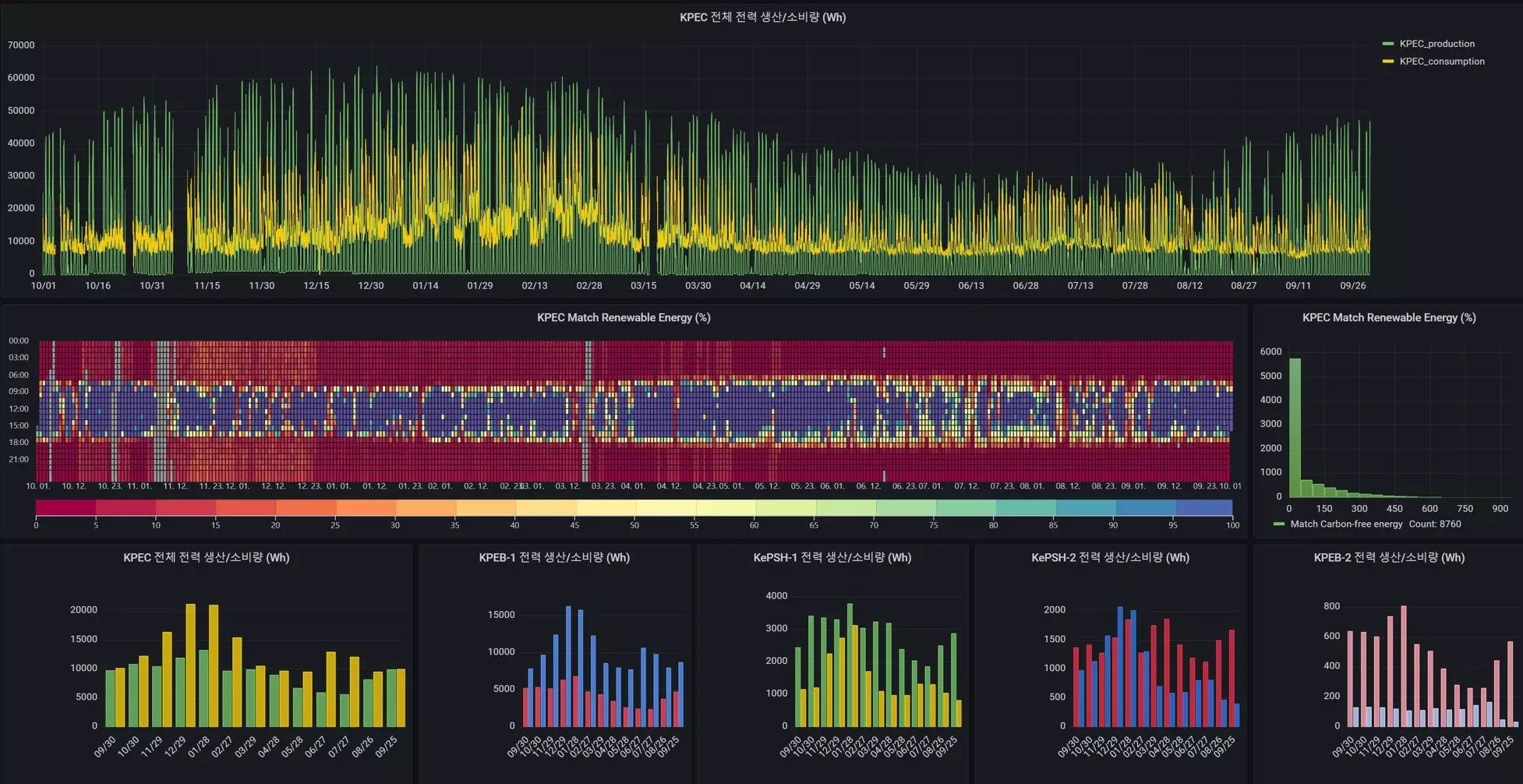As cities around the world grapple with the pressing challenge of climate change, the need for innovative energy solutions has never been more urgent. A groundbreaking study spearheaded by a collaborative research team from the Korea Institute of Energy Research (KIER) has shed light on a transformative concept known as “Urban Electrification.” This paradigm shift is centered around the adoption of renewable energy sources facilitated by artificial intelligence (AI), promising not only to reduce reliance on fossil fuels but also to enhance the sustainability of urban environments.
The essence of urban electrification lies in the transition from traditional energy supply models, which predominantly revolve around fossil fuels, to a more innovative approach that harnesses renewable energy sources. This transition raises a multitude of questions; cities are often viewed as energy consumers rather than producers. However, with techniques such as building-integrated solar technology, cities can emerge as independent energy entities, paving the way for a more decentralized and sustainable energy landscape.
Despite the potential benefits, the implementation of urban electrification is fraught with challenges, particularly when it comes to managing the volatility of renewable energy sources. Unlike fossil fuels, which can be readily deployed to meet instantaneous energy demand, renewable energy production is highly variable and dependent on environmental factors. For instance, weather conditions play a critical role in generating solar and wind energy, leading to potential mismatches in what is available versus what is required at any given moment.
In traditional settings, such variability could be mitigated seamlessly with fossil fuels. However, as cities strive to integrate more renewable sources, they face the real threat of Low-Probability High-Impact Events (LPHI). These unpredictable occurrences—like extreme temperature fluctuations—can significantly spike energy demand at a time when production may be hindered. Consequently, the stability of urban power grids becomes jeopardized, heightening the risk of blackouts and other disruptions.
To tackle these pressing challenges, the research team leveraged AI to develop an advanced energy management algorithm designed specifically for urban environments. This algorithm performs in-depth analyses of energy consumption across various building types and production capabilities of renewable energy sources. By integrating data on factors such as weather patterns and human activity, the algorithm not only forecasts demand but also devises strategies for efficient energy distribution.
Remarkably, the implementation of this AI-driven mechanism led to an 18% reduction in electricity costs compared to traditional energy management practices. More importantly, the system exhibited a significant ability to maintain stability in the power grid even during LPHI scenarios, thereby ensuring reliable energy supply for urban residents.
Testing the AI-assisted energy management system in a community setting showcased impressive results. The measured energy self-sufficiency rate increased to 38%, while the self-consumption rate reached 58%. When juxtaposed with the lower figures of 20% for self-sufficiency and 30% for self-consumption in non-equipped buildings, the advantages of this new approach become glaringly evident.
Furthermore, the comprehensive nature of the research, which involved a demonstration of 107 megawatt-hours (MWh) of annual energy consumption, represents a substantial leap in scale compared to prevailing simulation-based studies. This indicates that the system holds great promise for real-world application in urban settings, potentially revolutionizing how cities manage their energy resources.
As urban centers continue to expand and evolve, the integration of AI in energy management presents a viable route toward sustainable urban electrification. While challenges abound—from the variability of renewable energy sources to the management of extreme weather events—the advancements demonstrated by the research team at KIER provide a beacon of hope. By marrying technology with sustainability, cities may not only achieve greater energy independence but also foster more resilient and livable urban environments for generations to come. As the journey toward carbon neutrality progresses, urban electrification could indeed become a cornerstone for future generations, transforming the very fabric of our cities.


Leave a Reply